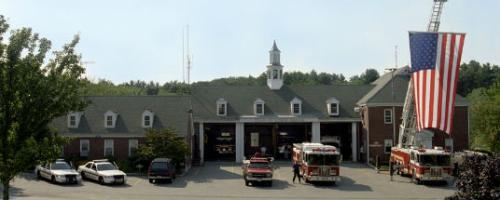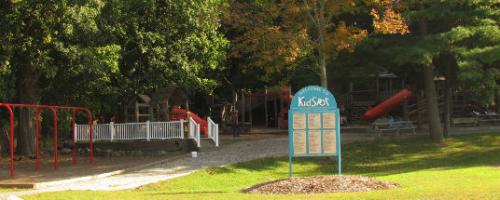Home Fire Prevention Tips
According to the Home Safety Council’s State of Home Safety in America™ Report, fires and burns are the third leading cause of unintentional home injury and related deaths. Fire safety and survival begin with everyone in your household being prepared. Follow these safety measures from the Home Safety Council to reduce the chance of fire in your home:
- Keep volatile chemicals, such as fertilizers and turpentine, in their original containers in a locked storage area separate from the home.
- Store gasoline in a garage or shed in a container approved for gasoline storage.
- Never bring or use gasoline indoors; and use it as a motor fuel only.
- Keep things that can burn away from your fireplace and keep a glass or metal screen in front of your fireplace.
- Store matches and lighters in a locked cabinet.
- Always stay in the kitchen while cooking.
- Keep things that can burn, such as dishtowels, paper or plastic bags, and curtains at least three feet away from the range top.
- Douse cigarette and cigar butts with water before dumping them in the trash.
- When cooking, do not wear loose-fitting clothing ,which can be ignited by hot burners or gas flames.
- Never leave barbecue grills unattended while in use.
- Keep grills at least three feet away from other objects, including the house and any shrubs or bushes.
- Never leave burning candles unattended and do not allow children to keep candles or incense in their rooms.
- Always use stable, candle holders made of material that won’t catch fire, such as metal, glass, etc.
- Schedule an appointment with professionals to have chimneys, fireplaces, wood and coal stoves, central furnaces and space heaters inspected once a year and cleaned as often as necessary.
- Keep space heaters at least three feet away from things that can burn, such as curtains or stacks of newspaper, and always turn off heaters when leaving the room or going to bed.
- Be careful not to overload electrical outlets, extension cords and power strips.
- Check all wires and cords for damage and cover all unused electrical outlets.
- Protect bedrooms by having arc fault circuit interrupters (AFCIs) installed. Contact a professional electrician to handle this job.
Fire Safety At Home
Safe practices at home are part of your family’s fire protection plan, and it is also critical that your home and family are prepared to react quickly if a fire occurs at home. Learn more about the following essential safety practices in the Home Safety Council’s Safety Guide.
- Develop a fire escape plan for your family that identifies two exits out of every room and an established meeting place outside. Practice makes perfect – hold a family fire drill at least twice each year.
- Install smoke alarms on every level of your home and test them monthly. The Home Safety Council recommends installing additional smoke alarms inside bedrooms.
- Know how to extinguish a small pan fire by sliding a lid over the flames.
- Teach every family member to “Stop, Drop and Roll” if clothes catch fire.
- Consider having a home fire sprinkler system installed in your new home, or when you remodel.
- Learn how and when to use a fire extinguisher.










